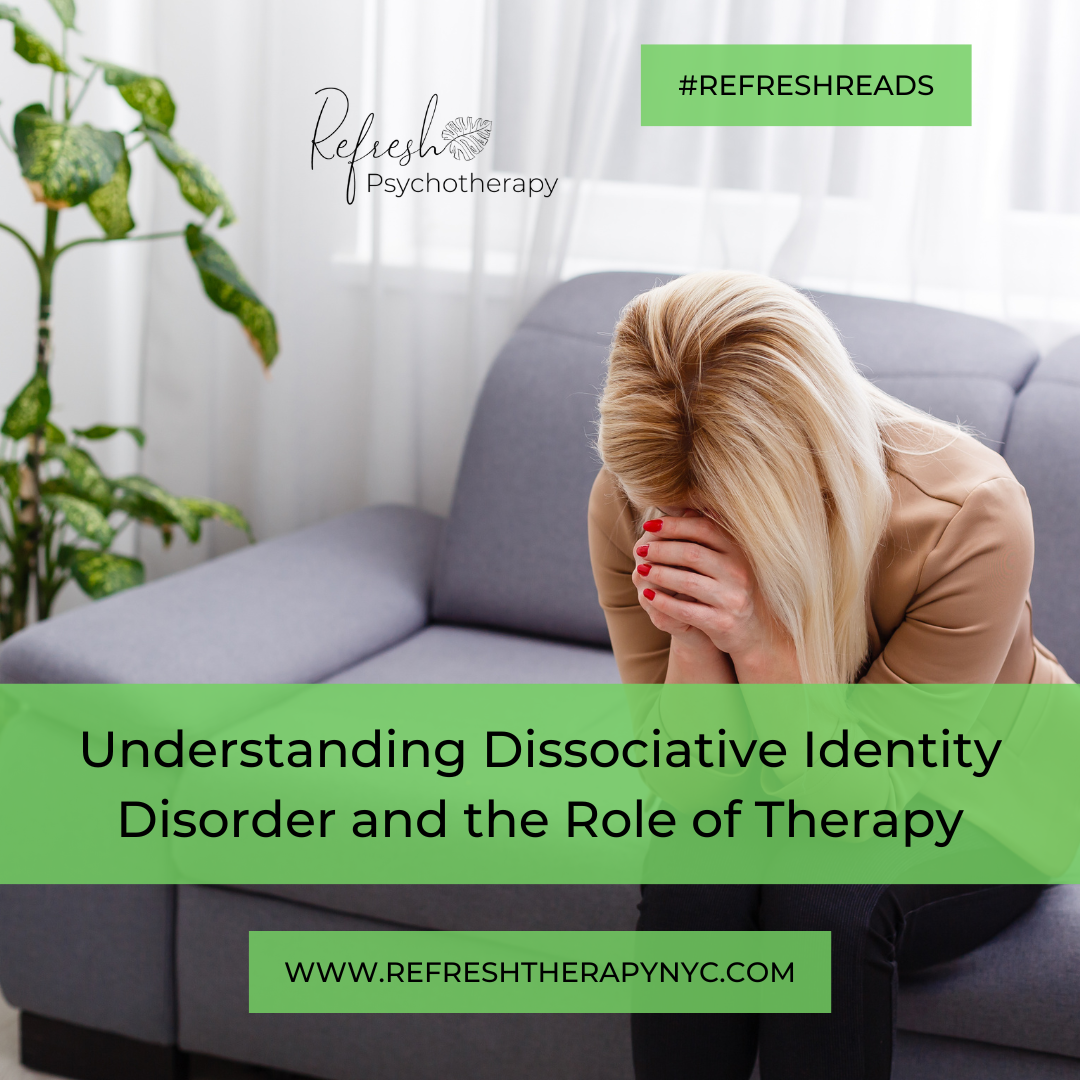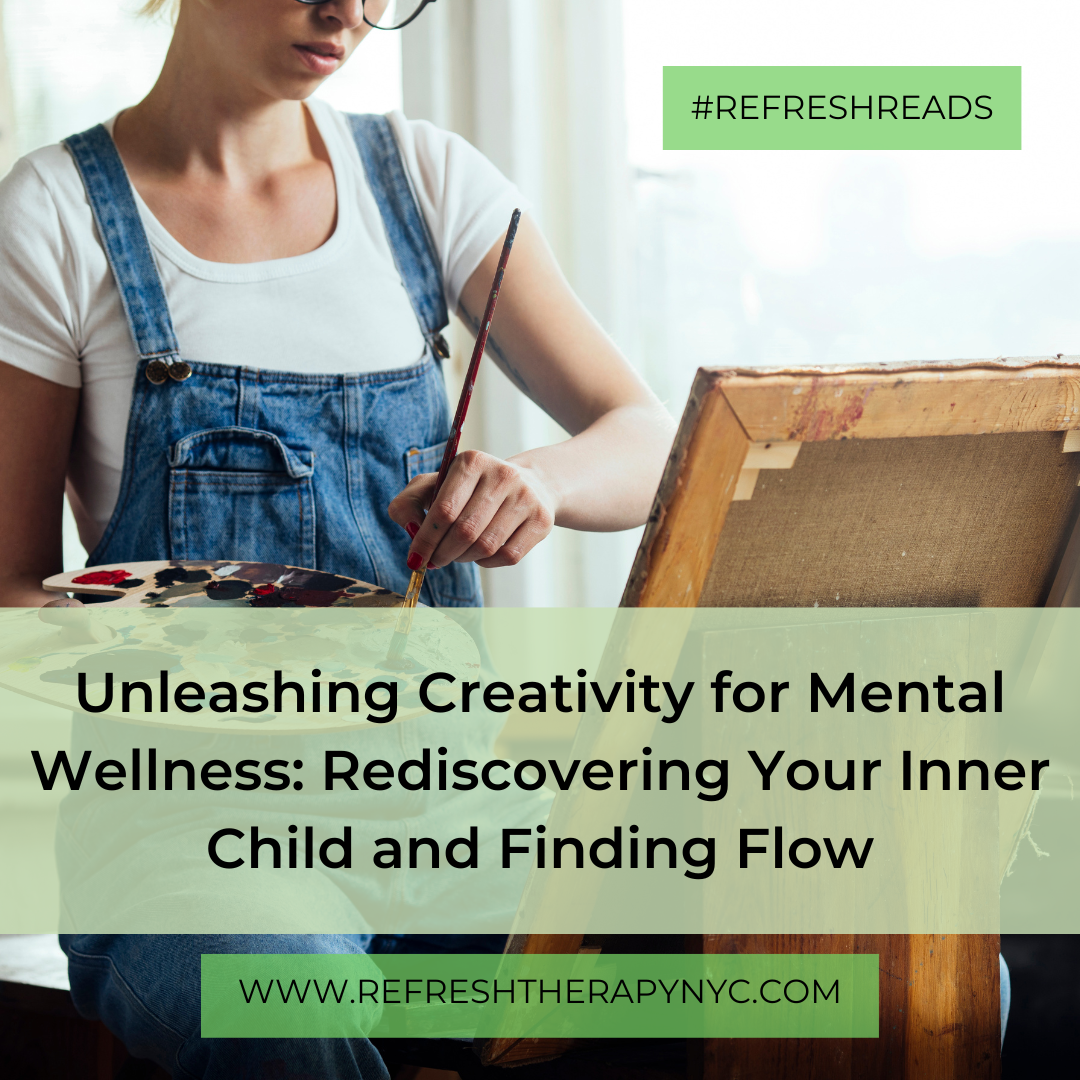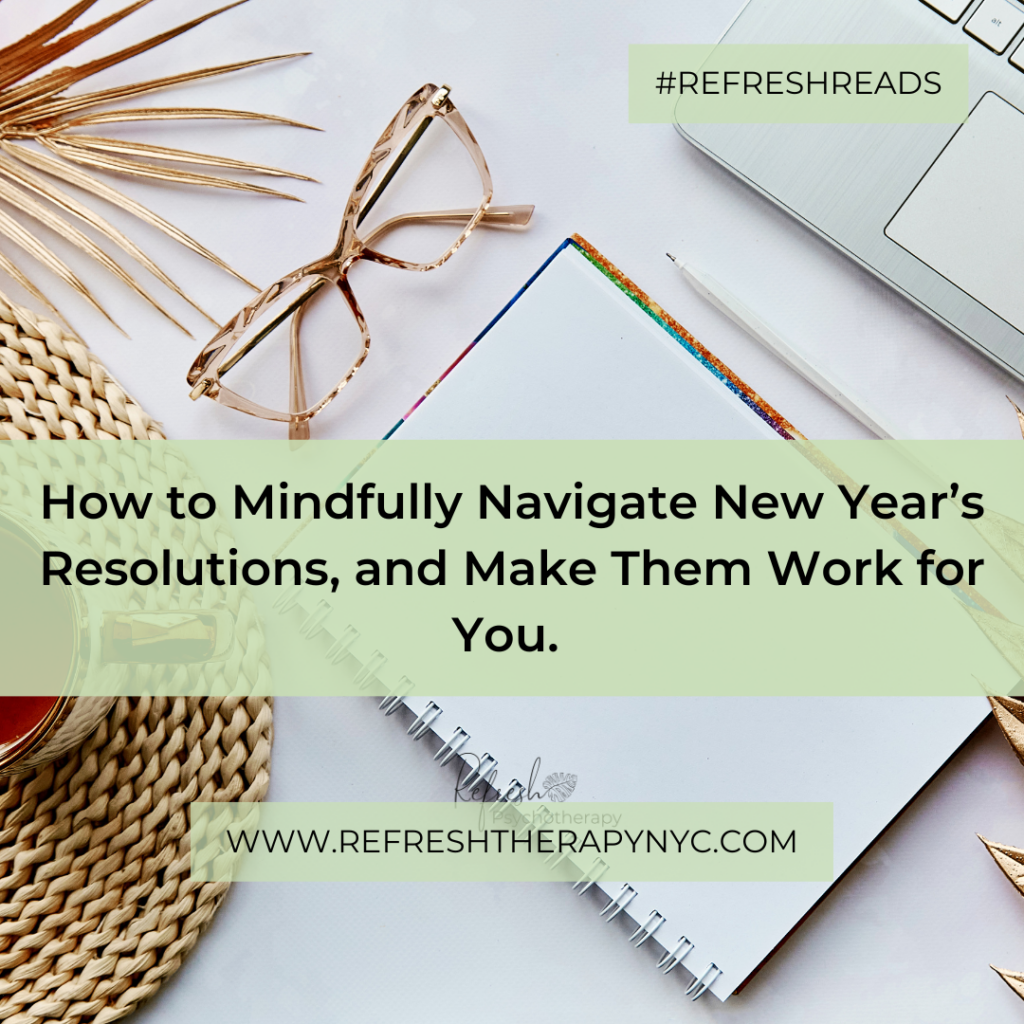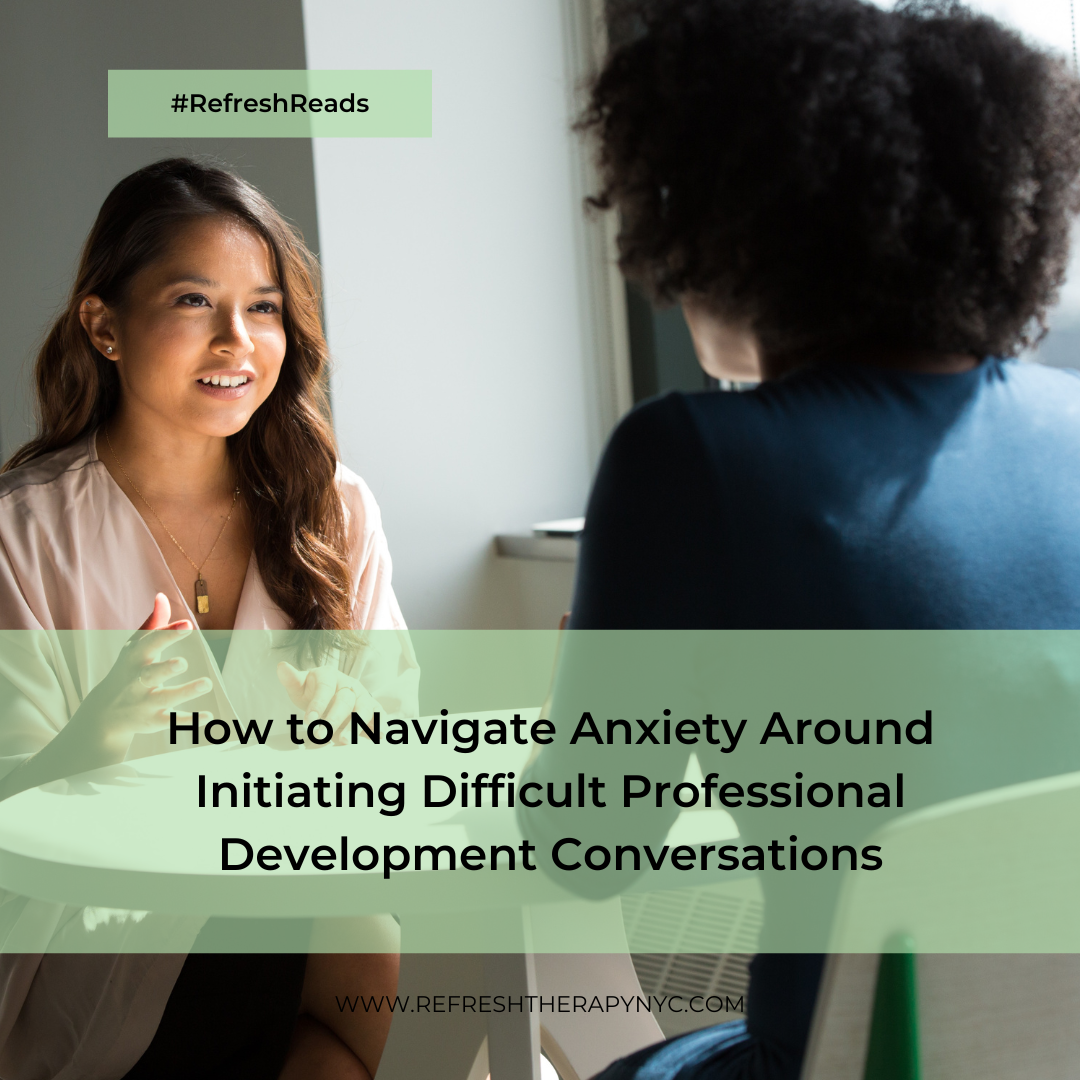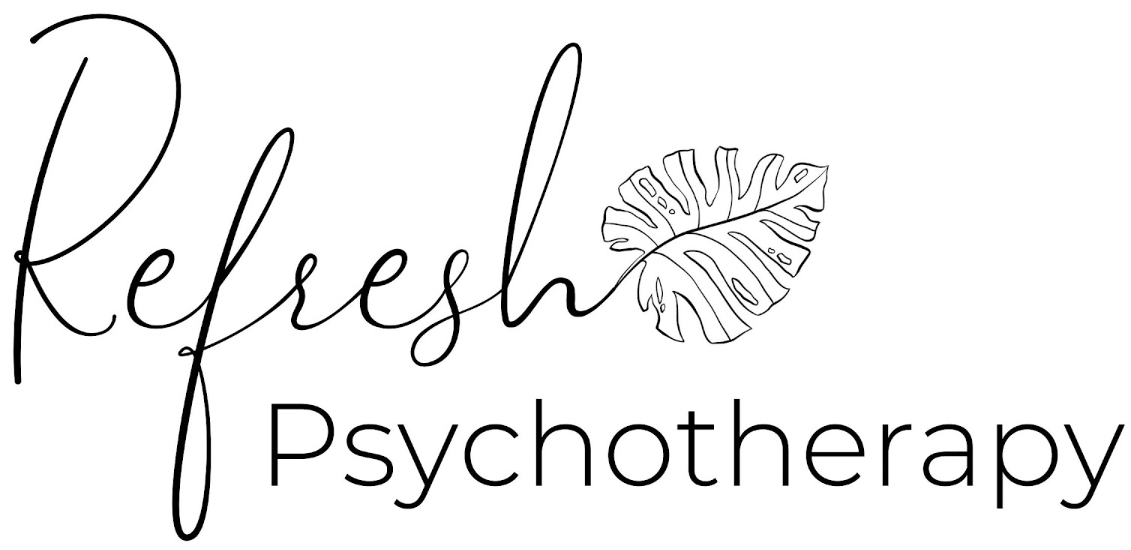Reflecting on Autism Awareness Month: Moving Beyond Awareness to Understanding and Acceptance
As Autism Awareness Month draws to a close, it’s a fitting time to reflect on the progress made and the work that still lies ahead. Throughout April, individuals and organizations around the world have come together to raise awareness about autism spectrum disorder (ASD), advocating for acceptance, understanding, and inclusion. While awareness is crucial, it’s only the first step on the journey towards creating a more supportive and inclusive society for autistic individuals.
Over the years, there has been a significant increase in awareness surrounding autism. More people than ever before recognize the term “autism” and have a basic understanding of what it entails. This increased awareness has led to improved diagnosis rates and access to services for individuals on the spectrum. It has also sparked important conversations about neurodiversity and the unique strengths and challenges of autistic individuals.
However, awareness alone is not enough. We must move beyond awareness to foster genuine understanding and acceptance of autism. Understanding goes beyond recognizing the existence of autism; it involves learning about the diverse experiences of autistic individuals, their strengths, challenges, and perspectives. It requires us to listen to autistic voices and amplify their stories, allowing their insights to shape our perceptions and actions.
Acceptance is perhaps the most crucial aspect of creating an inclusive society for autistic individuals. Acceptance means embracing neurodiversity and recognizing that autism is a natural variation of the human experience, not a defect to be corrected or cured. It means respecting the autonomy and dignity of autistic individuals and valuing their contributions to our communities. Acceptance is about creating environments where autistic individuals can thrive and be their authentic selves without fear of judgment or discrimination.
As we reflect on Autism Awareness Month, let us recommit ourselves to the pursuit of understanding and acceptance. This means advocating for policies and practices that promote inclusivity and support for autistic individuals in education, employment, healthcare, and beyond. It means challenging stereotypes and combating stigma through education and advocacy efforts. It means creating spaces where autistic voices are heard, valued, and included in decision-making processes.
Building a more inclusive society for autistic individuals benefits us all. When we embrace neurodiversity and create environments where everyone can thrive, we unlock the full potential of our communities. We learn from each other, grow together, and create a world that celebrates diversity in all its forms.
So, as Autism Awareness Month comes to a close, let us carry the spirit of understanding and acceptance forward into the months and years ahead. Let us continue to work towards a world where every individual, regardless of their neurotype, is valued, respected, and included. Together, we can create a more compassionate and inclusive future for all.



